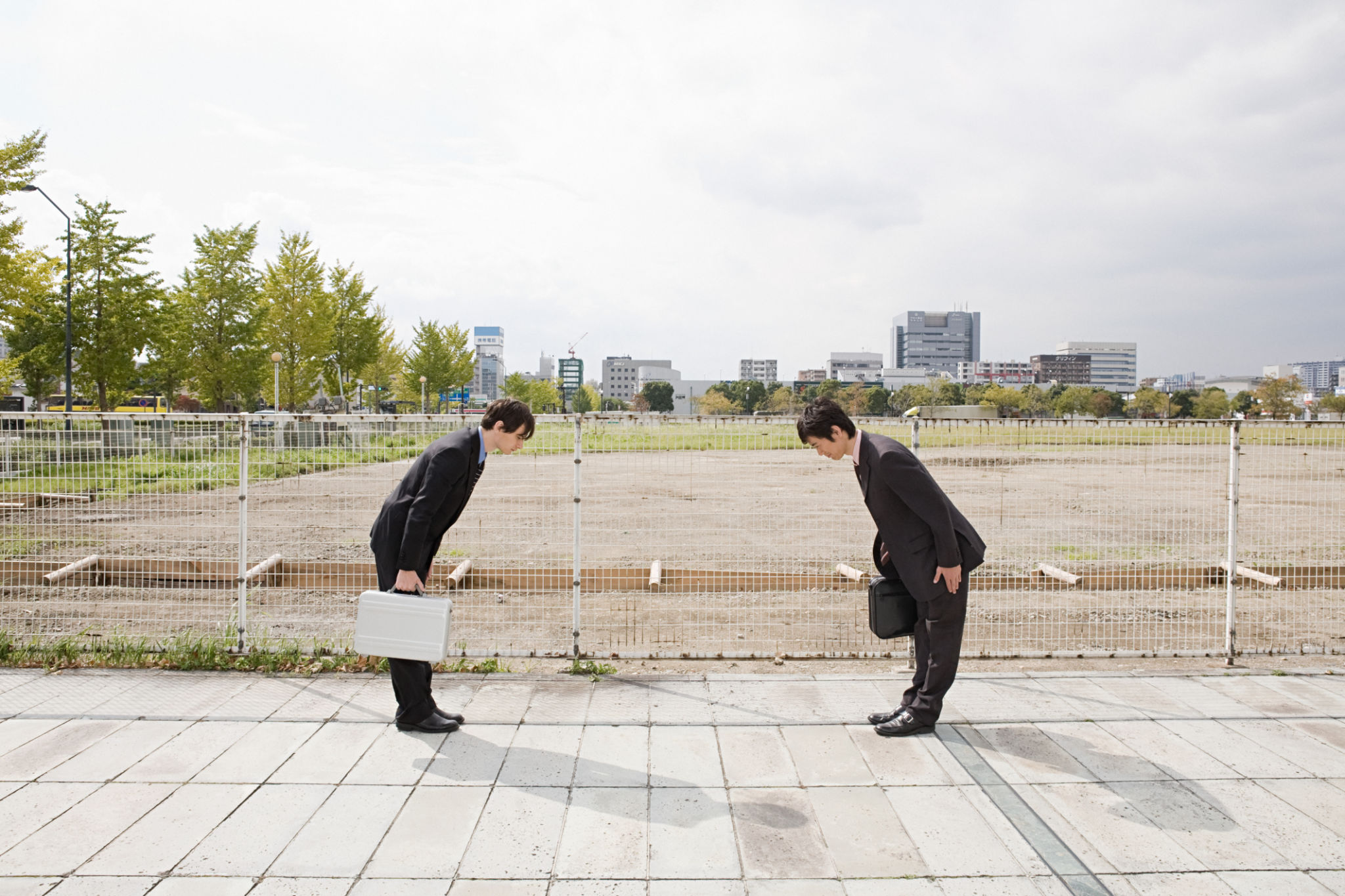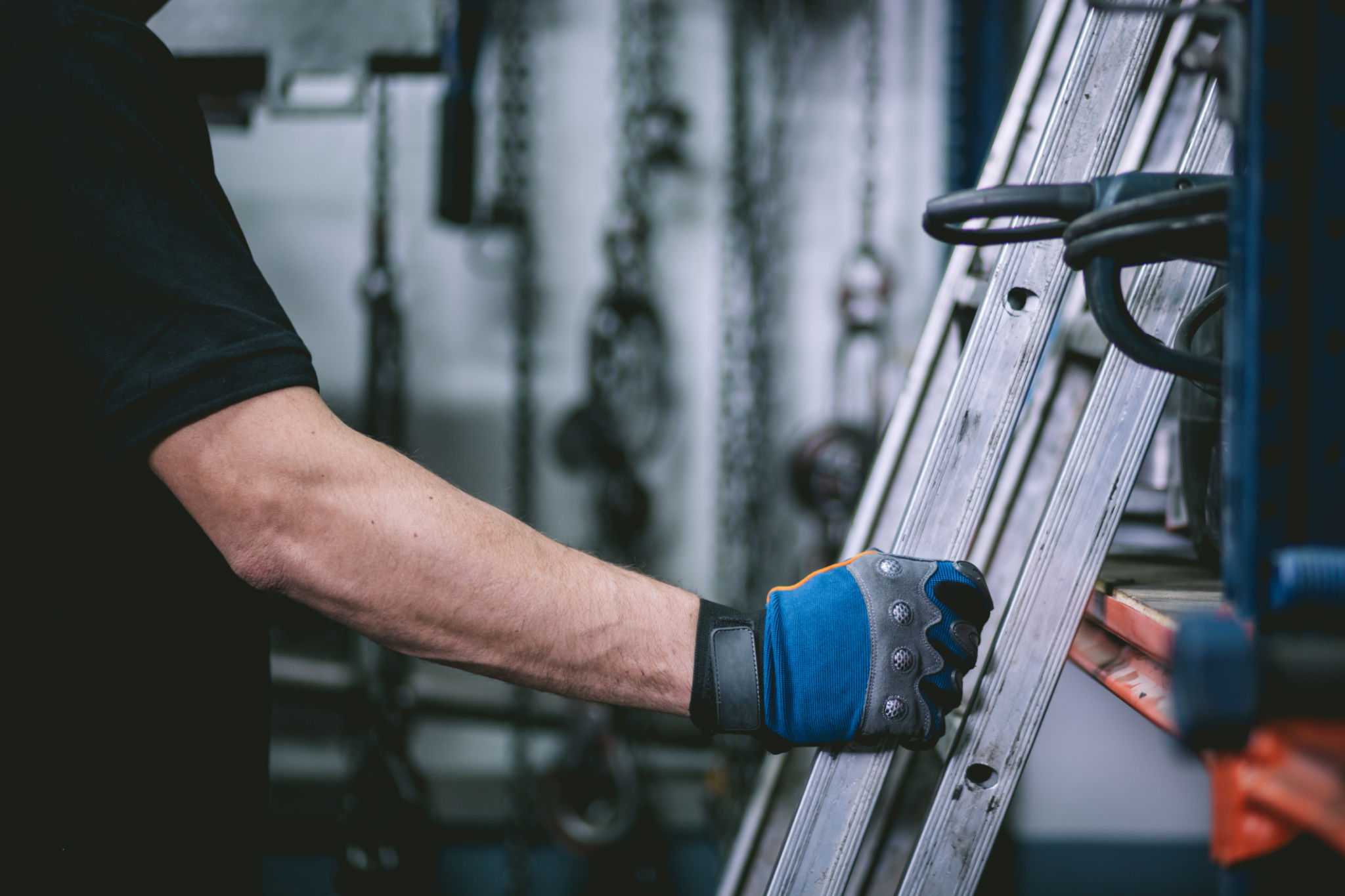Scaffolding vs. Ladders: Which is Safer for Your Project?
Understanding the Basics
When embarking on any construction or home improvement project, ensuring safety is paramount. Two common tools for reaching high areas are scaffolding and ladders. Each has its own set of advantages and potential drawbacks. Understanding these can help you make an informed decision about which is safer for your specific project.
Scaffolding is a temporary structure used to support workers and materials during the construction or repair of buildings. Ladders, on the other hand, are portable devices with steps or rungs used for climbing up or down. While both are widely used, their suitability and safety levels can vary depending on the task at hand.

Assessing Your Project Needs
Before deciding between scaffolding and ladders, it's crucial to assess the needs of your project. Consider factors like the height of the work area, the duration of the task, and how much movement is required. For jobs that require a lot of lateral movement or extended periods at height, scaffolding might be the more stable choice.
Ladders can be more convenient for quick tasks or when working in tight spaces. They are easy to set up and move but may not offer the same level of stability as scaffolding, especially if not properly secured. If your project involves frequent repositioning or reaching awkward angles, a ladder might be more practical.
Safety Considerations
When it comes to safety, scaffolding generally provides a more secure platform than ladders. Scaffolding offers a wide base and guardrails to prevent falls, making it ideal for tasks that require both hands or involve heavy equipment. It allows workers to move freely and position themselves comfortably at height.

Ladders, while versatile, pose a higher risk of falls if not used correctly. Ensuring the ladder is on stable ground and not overloaded is critical. Additionally, ladders should be set at the correct angle — typically about 75 degrees — to maintain balance and safety.
Cost and Convenience
Another factor to consider is cost. Scaffolding can be more expensive due to its setup time and rental fees. However, for extensive projects that require working at height for prolonged periods, the investment might be justified by the added safety and efficiency.
Ladders are generally less costly and more convenient for short-term projects or smaller tasks. They are easy to transport and store, making them a popular choice for DIY enthusiasts and small-scale contractors.

Making the Right Choice
Your decision between scaffolding and ladders should ultimately be based on a combination of safety, project requirements, and cost considerations. For projects involving significant height and duration, scaffolding often proves to be the safer option, despite its higher cost and setup time.
For quick repairs or tasks where mobility is essential, ladders offer a practical solution. Always prioritize safety by ensuring proper setup and usage instructions are followed for either tool. Investing in quality equipment and taking the necessary precautions can prevent accidents and ensure a smooth workflow.
Conclusion
Both scaffolding and ladders have their place in construction and maintenance work. By evaluating your project's specific requirements and considering factors such as safety, cost, and convenience, you can choose the best option that aligns with your needs. Remember, investing in the right equipment not only enhances efficiency but also safeguards against potential hazards.
